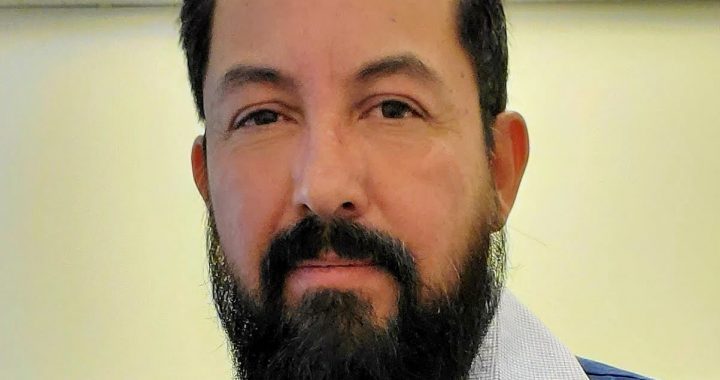This month’s At The Grill feature by William Torres (former Research Manager at Cattleland Feedyards and popular presenter at Gentec conferences) focuses on labelling meat that has been raised different ways.
Once upon a time, when I lived in East Texas, I had to learn to defend my religion. I mean, if there’s a Bible belt in the USA, Texarkana Texas is the buckle portion.
You might ask, what does religion have to do with cattle? They’re one in the same. It’s a way of life! If you don’t know how to defend your way of life, how can you keep it going?
I don’t mean get into a fist fight with vegans. I want to be able to explain the important details to those who want to learn about beef. As I travel the world for pleasure and business, I always get asked what I do for a living, especially when I’m in airplanes or wearing a cowboy hat, lol. So here’s my elevator pitch to welcome people into Team Beef.
The first thing is that all meat is 100% antibiotic free. It’s the law! Just because an animal was sick doesn’t mean that we will let it suffer. Regardless of marketing program, breed, environment, etc., some cattle have natural disease immunities, and others will be susceptible. Cattle are mammals, and just like you and I, some get sick and need help. However, to be harvested, they need to meet specific standards that require withdrawal dates from their last (if any) dose of antibiotic. Ergo, all cattle meat is antibiotic free. I repeat: it’s the law!
Second, grass-fed doesn’t mean they lived their lives chasing puppy dogs and rainbows. Chances are, they were still finished in a feedlot, just with a more foraged-focused diet. Personally, when I want 100% grass-raised protein, I hunt it. I don’t like grass fed/finished beef. I’m a big fan of grain-fed beef. Those little specs of marbling (or as I like to call them, “little bite sizes of heaven”) is what really gives you the flavour that creates core memories.
Yes, I know you know a guy who raises 100% grass-fed beef but I’m willing to bet the herd is less than 15 head, and they’re not feeding the world. And that’s also why you always have to smother that meat in some kind of gravy or sauce.
Organic. This is the one label that almost got me banned from the farmer’s market. If someone has a small operation and they do all the work themselves, including hugging their cattle daily, it doesn’t automatically grant them an “organic” label. This is probably one of the most difficult meat labels to get in Canada. The feed must be certified organic, the bedding has to be certified organic, the water source has to be free from run-off from non-organic fields, etc., etc. And all these certifications need to be in place for at least 3 years before an animal born on the operation can be labelled as such. I mean, you really must be committed to losing an additional 30-50% of your profits for 3-5 years just to get that label. But at least you can charge it all back to the consumer, right?
When I managed the feedlot and we gave tours, I always made a point to explain the differences of the diets for our conventional cattle and those on a natural program. In other words, none! The difference was the enrollment process of the cattle from birth, and the mounds of paperwork required. How did we handle the inefficiencies of such programs that added costs? We passed them on to the consumer.
Lastly, no, we don’t genetically modify any animals destined for slaughter. We can only select genetics that best fit our environment, feed availability and purpose.

